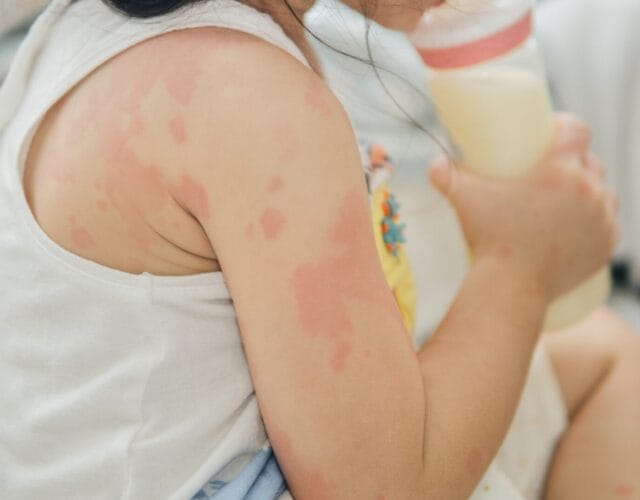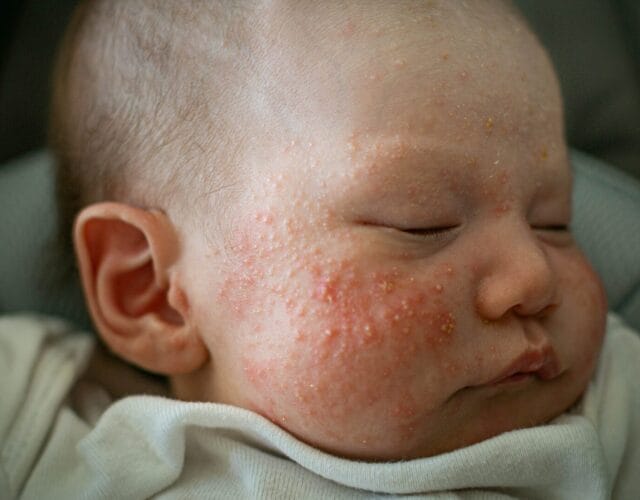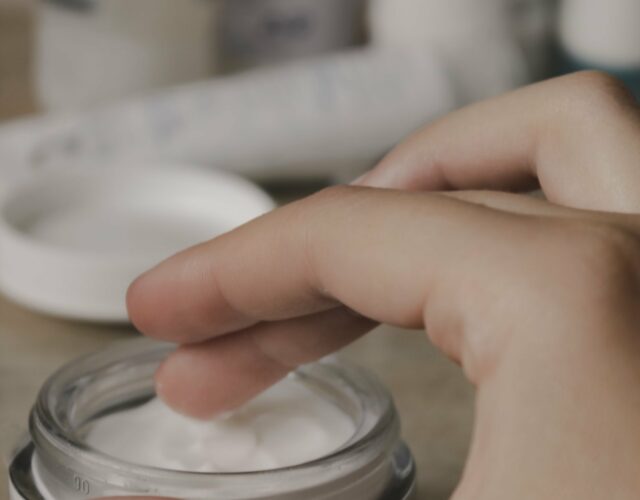What is Mold?
Mold is a fungus and is a natural part of both our indoor and outdoor environments. There are hundreds of different types of molds, all of which thrive in moist environments.

In nature mold plays an important part in breaking down dead organic matter (fallen leaves, dead trees). In buildings, leaks in roofs, windows or pipes often lead to mold growth. High cellulose products (wood, drywall, ceiling tiles, insulation, upholstery) are particularly good breeding grounds. Common molds include Aspergillus, Cladosporium, and Penicillium.
If Mold is Everywhere, What’s the Big Deal?
First, not all molds are created equal. Second, not everyone is affected in the same way. Third, more exposure means more likely to develop mold-related symptoms.
Let’s break this down.

Some molds Are More Harmful Than Others
Some molds are allergenic, while others toxigenic. What’s the difference?
- Allergenic molds are irritants and, if you have a mold allergy, your immune system overreacts when you breathe in mold spores. Symptoms include:
- Coughing
- Sneezing
- Itching
- Runny nose
- Congestion
- Dry skin
- Asthma
- Toxigenic molds produce mycotoxins (toxic compounds) that can be inhaled (airborne) or ingested (from food such as cereal, dried fruit, and coffee) and may lead to more significant symptoms, including:
- Difficulty breathing
- Sinusitis
- Persistent cough
- Headaches
- Fatigue
- Abdominal pain, bloating, diarrhea
- Muscle cramps and joint pain
- Anxiety
- Lightheadedness
- Poor memory and confusion
- Difficulty concentrating
- Immune deficiency
- Kidney damage
- Some cancers
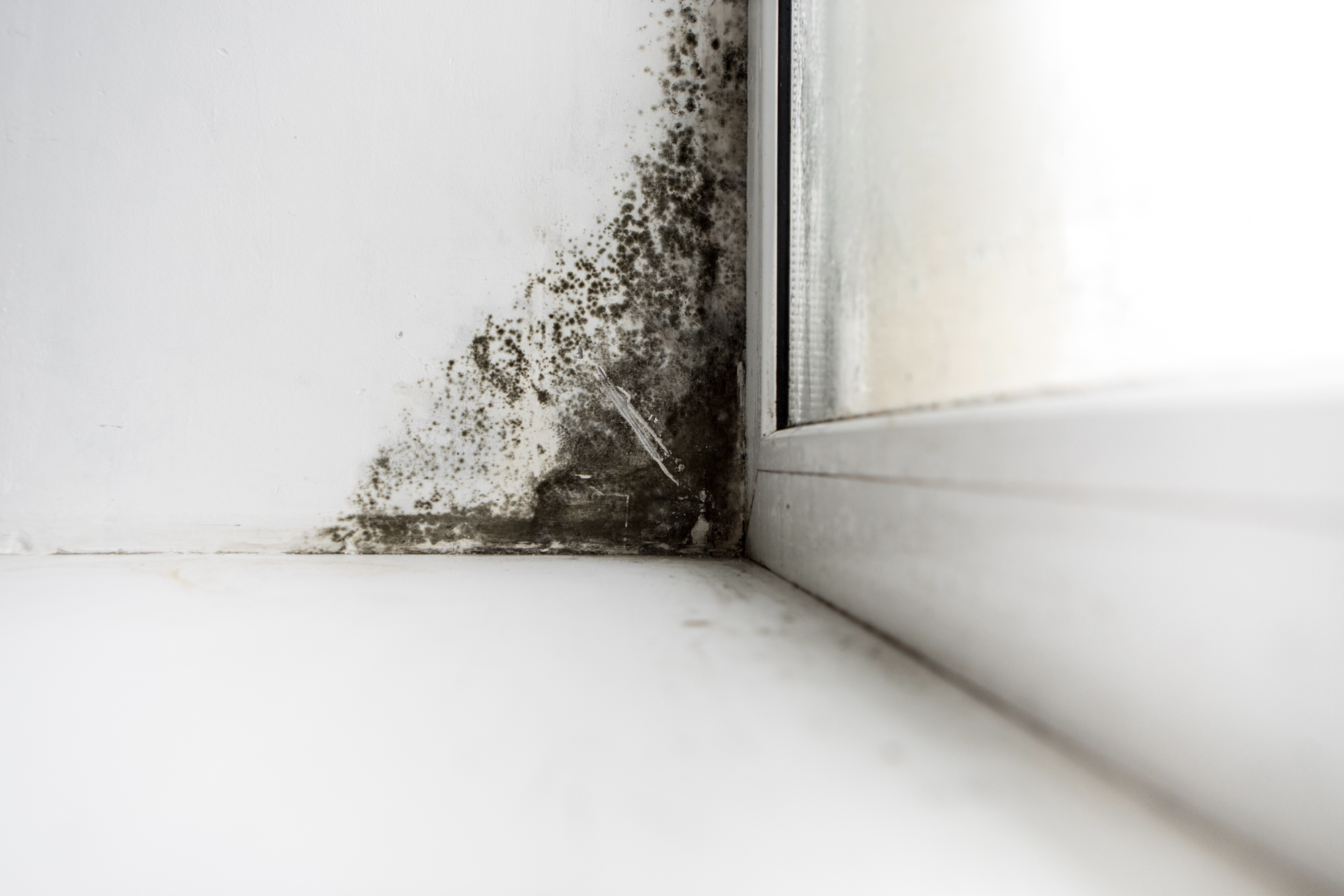
Some People Are More Susceptible
Mold-related symptoms may be more significant if you have chronic or seasonal allergies or suffer from a respiratory condition (asthma, COPD). Certain gene mutations or genetic issues that make detoxification more difficult may mean that even ‘normal’ exposure to mold may pose a problem (can’t rid body of toxins as efficiently). For some people, environmental toxins (mold, heavy metals, chemicals, phthalates, herbicides in food) have an accumulating effect and the toxic burden is too much, resulting in symptoms because the ‘bucket overflows.’ Sometimes mold is the mysterious, often invisible/hiding factor, that can push the toxic burden over the edge.
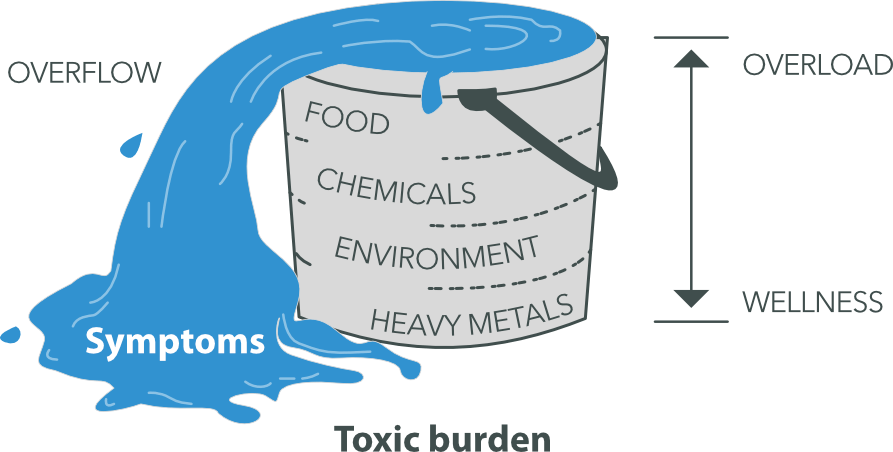
More Exposure = More Symptoms
We’re all exposed to mold every day, but living, working, or going to school in a moldy environment (especially mycotoxin-producing molds) increases overall, regular exposure and increases the likelihood of developing mold-related symptoms. If you think you may be affected, it’s important to investigate the places where you regularly spend your time.

So, What Can You Do to Reduce Mold Exposure?
- Know What to Avoid
Mold is more likely to be in certain types of stores (florists, antique shops) – avoid altogether or take allergy medication or bring a dust mask. When you mow the lawn, dig up plants, or rake leaves (all prime breeding grounds for mold), wear a dust mask and shower afterwards to wash away any mold spores that hitched a ride on your skin and hair.
- Keep It Clean
A clean surface isn’t a breeding ground, but those with a little soap scum or grease are. In the kitchen, keep an eye out for mold in refrigerator drip pans, door seals, and garbage pails.
- Decrease Humidity
Mold thrives in warm, damp places (bathrooms, kitchens). Make your home less mold-friendly by controlling humidity (needs to be < 60%, between 35% – 50% is even better). Dehumidifiers, air conditioners, and exhaust/ventilation fans help.
- Get the Mold Out
If you spot mold on a hard surface in your home such as glass, plastic, or tile, clean it using soap and water or a non-toxic cleaning product and find the source to keep it from coming back (leak under the sink).
- Check Your Washing Machine
Front loading washing machines are notorious for mold growth. Clean regularly and leave door and detergent basin open. Or consider a top loading machine.
- Check Your Landscape
Keep your home’s foundation dry. Rake dead leaves from around the base of your home and clear out thicker shrubs and plants from that area. Make sure rainwater drains away quickly from your house.
- Check Your Basement
A damp cellar is often a moldy place. Lower the humidity by turning up the thermostat or running a dehumidifier. Choose flooring such as linoleum or concrete that doesn’t hold in moisture. Keep anything you’re storing in air-tight, water-proof containers, so mold can’t sneak in.
- Filter Your Air
An air-conditioning unit with a high-efficiency particulate air (HEPA) filter attachment will trap outdoor mold spores and keep them out of your house. It’s also important to keep AC drip pans and drain lines clean so that mold can’t grow in them.
- Act Fast
Quick action pays off – it usually takes about 48 hours for mold to grow, so fix any issues asap.

What To Do If You Have Symptoms of Mold Exposure
If you think you’re experiencing mold-related symptoms, it is important to see your physician, especially before taking any medications or supplements. There are specialty labs and certain blood and skin prick tests that can determine if mold could be affecting your health.
In the meantime, consider:
- Removing yourself from the environment where there is exposure (home, work)
- Breaking a sweat (exercise, sauna, steam room, hot yoga) – sweating is one of the best way to keep your detoxification pathways open
- Using binders (activated charcoal, bentonite clay) – if toxins are not bound to anything, most of them will get reabsorbed in the gut, so binders are substances that adhere to toxins to help move them out of the body
- Avoiding common foods that contain mycotoxins (corn, wheat, peanuts, dried fruit, bread) and those foods that make mold thrive (sugar, refined foods, carbs)
- Taking a supplement (like magnesium) and drinking enough water to keep your bowels moving – constipation can prevent detoxification
- Enhancing detoxification with supplements (glutathione, milk thistle, alpha lipoic acid)
- Taking antifungal medications and herbs (Nystatin, Oil of Oregano, Caprylic Acid)
- Investing in a high-quality air filter for your home and office
In Good Health, Emily Zadigian Jenkins guest blogger
Refrences:
https://www.jillcarnahan.com/2017/11/13/safe-effective-detox-binders/
https://www.jillcarnahan.com/2015/02/08/toxic-mold-exposure-cause-symptoms/
https://www.greatplainslaboratory.com/gplmycotox
https://www.who.int/bulletin/archives/77(9)754.pdf
https://www.cdc.gov/mold/faqs.htm
https://www.webmd.com/allergies/ss/ways-to-reduce-mold-allergies-slideshow


